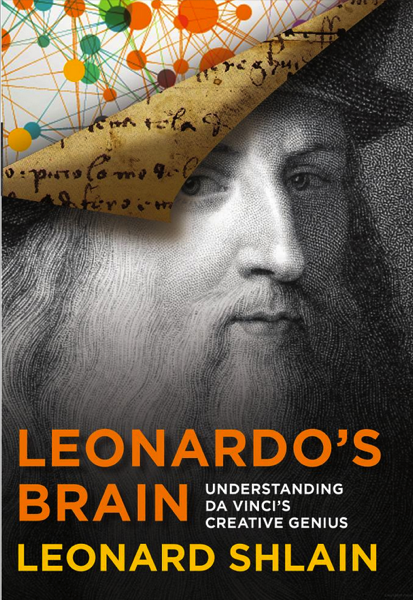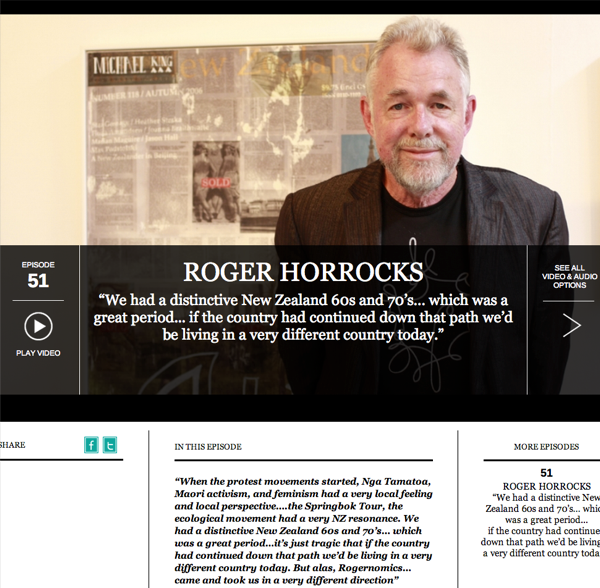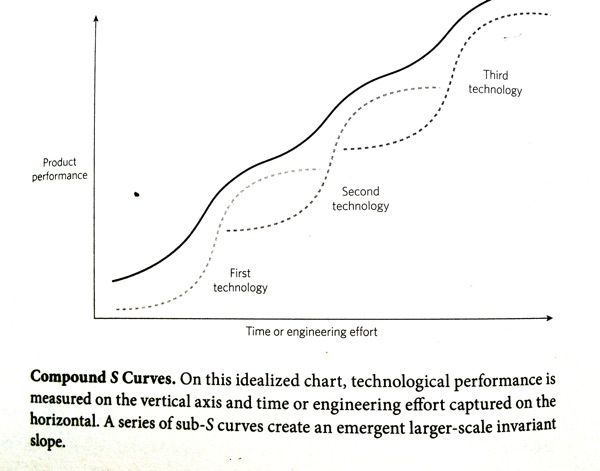I like the look of this book.
Leonardo’s Brain: Understanding Da Vinci’s Creative Genius

Have looked inside on Amazon. I’ll get it one day. Have a few more on my plate right now.
Brain pickings has more its no 10 on the list.
I like the look of this book.
Leonardo’s Brain: Understanding Da Vinci’s Creative Genius

Have looked inside on Amazon. I’ll get it one day. Have a few more on my plate right now.
Brain pickings has more its no 10 on the list.
I am highly conscious of the language in couple therapy I do at the moment. I used to use the Imago language in couple therapy for many years. I was resistant to the rather ugly “sender and receiver” words. Though not as accurate for what was actually happening I preferred talker and listener in the last few years. However after listening to audios by Hedy Schleifer I’ve shifted to the “crossing the bridge” language of “visitor and host”. As one client told me, that is a bit fruity, whatever that means.
The thing is that is not just a change in language, but a whole different mode of being. Sending is a metaphor for posting something into space and it is then received like an email. This is not a metaphor that is very connecting. It also leaves the receiver wanting to respond… it invites reply. Responding is close to reactivity, and replies are close to argument and debate.
Host and visitor are quite different. Each person is having a turn at the same time, one as visitor, on a trip to another land, as a learner, a witness as an explorer a learner. The other as a host, a presenter, a storyteller. with this metaphor for the work there is not the same need to coach appreciations… I just say, be a good host and be a good visitor, and immediately they say such things as “Thanks for inviting me into your world, I appreciate you taking the initiative, I know it might not be easy for you.”
In the visit I use the exact mirroring , summary, validation and empathy structures.
In every culture there is some protocol and ritual for crossing the bridge into another persons territory or space. The protocols for visiting a neighbour apply. The leave taking can be quite lovely. I’ve heard people say.”Thank you for having me.” or more fully, such things as: “Thank you for inviting me, I appreciate you showing me how things work in your land. I will be much more aware how not to stomp on those areas that are so sore. I enjoyed meeting your little child and seeing how burdened your mother was while she had three under four.”
The language and the change facilitates dramatic enactment. Show me your world is an action cue for sculptures and role reversals with the social and cultural atom.
With maori clients and some other kiwis as well I have used some of the concepts from a meeting on a marae. The visitors are: manuhiri and the hosts the, the people of the land, the tangata whenua.
The depth of meaning of the pōwhiri or welcome could well be used to make the crossing into each others worlds more meaningful. For example the concept of Pōwhiri – the Māori welcome carries with it all the richness of the english word dialogue and more: “… po can be translated as a venture into ‘the unknown’ or a new experience, while whiri is derived from whiriwhiri meaning the act or experience of exchanging information and knowledge.
http://culturalicons.co.nz/resources
This is an amazing site. A treasure. Video Episode after episode of long outpourings by interesting people. Most of them quite old!

The book by Kevin Kelly “What does technology want continues stimulate my thinking.
He is eloquent on the evolution of tech. To make his case he draws on parallels in biological evolution. He comes up with principle after principle that are deep insights into any change process. He reminds me constantly of Frederick Engles and on the dialectics of nature. There are principles of change that go beyond one sphere.
Today it is this S curve that grabbed me.

You would need to read the chapter to fully get it, but take the example of rail road air as the three levels of technology that work together to ensure that transport increased at a constant level, of say miles, speed and lower costs.
What I do is relate this to the evolution of psychotherapy. Or lets call it conscious intimate relationships. A mere 40 years ago there were about 10 therapists/counsellors in Christchurch, now it is more like 400. What is that curve about? The psyche is on the move!
I imagine the three technologies are:
Analytical psych
Humanistic Psych
And now still in the lower reaches of its s curve, relationship psych
I’m studying up on master talk. Here is a link to Al’s main essay. There is also a link there to an MP3 which I bought.
MASTER/SLAVE, Two World Problem: The Essay | Al Turtle’s Relationship Wisdom
Certain words can clue you into MasterTalk:
‘is’ , ‘know’, ‘the fact that’, ‘reality’, ‘we’ or ‘you.’”
I am trying to get the idea, these little lists help a lot.
The way out, Friend/friend talk, includes phrases such as
The are I statements about information – cognitive I statements.
I like Al’s definition:

Note this is not a relativist position. There may well be one truth. But each of us has our own experience, leading us to our own conclusions and beliefs.
❋
Sunday, 01 August 2021 — downloaded from Al’s website, to add a bit of redundancy to its survival.
Al Turtle’s Relationship Wisdom :: MASTER/SLAVE, Two World Problem: The Essay
This little paragraph of mine is from the early ’90s and still catches an idea that drives much of my understanding of psychotherapy.
Theories and Metphors of Cyberspace – Abstracts: “Necessity and Metaphor
Continue reading “Theories and Metphors of Cyberspace- Abstracts”
My posting about skeuomorphism in the last post, and earlier this year, is not just because I’m an Apple user (I won’t say fan). It iOS because it is related to my long interest in metaphor. (You can see all my posts with this tag by clicking the Metaphor tag at the bottom of this post).
What I liked about the article in the previous post is that it makes a distinction between skeuomorphism that assists usability, when it assisted in the early days. and now when it might even obscure things.
The the tricky thing that a purist would face if they were to avoid skeuomorphism altogether is that it is impossible. Online it is ALL metaphor, all abstraction.
Buttons
Folders
Views
Posts
Commands
Pages
Desktops
There is very little if anything that is native to the digital world. Digits, for example.
This principle applies even to abstractions in ordinary language:
Root
Tree
Sea
These words can all go well beyond their literal meaning.
This is of interest as it has deep implications for psychological work.
The psyche, like cyberspace is immaterial and we use metaphors from the material world to talk about the invisible
What touched you?
have a heart.
The psyche is not the body. We use metaphase from the body to describe it.
The current wave of bring research is fascinating but it is not related to the psyche, there is a huge category mistake being foisted upon the psychotherapy world.
The question is of interest too in relation to creativity
We use brushes in digital art programs, and they can use watercolour or oils. Where is the native digital form? (there are some!) Light is used to create ‘depth’ backup creating fake shadows. The glossy icons apple uses are created using fake shine. (Will Jony Ives remove that?)
While we have electronic music it is mostly through skeuomorphic instruments that we create it.
Always, no sometimes, think it’s me, but you know I know when it’s a dream.
I think I know I mean a ‘Yes’ but it’s all wrong, that is I think I disagree.
Let me take you down, ‘cos I’m going to Strawberry Fields.
Nothing is real and nothing to get hungabout.
Strawberry Fields forever.
Strawberry Fields forever.
Small Graces Mapping a Route of Beauty to the Heart of the World
by Jason Sugg
Submitted in partial fulfilment of the requirements for the degree of
Master of Arts in Counseling Psychology
Pacifica Graduate Institute
14 February 2012
Has a whole section on Participation Mystique and I-Thou.
Well researched.
Below is an enticing quote. The reason I’m attracted to this work is that I think that the very relationships we are discussing here, participatory, with the ego dropped, with heightened awareness of self and other, are also the relationships that are needed between therapist and client, and partners in a relationship. It’s not well grasped: they are vital to knowing each other. We can’t know others at this level of consciousness without participating in the relationship with full role reversal. Continue reading “Small Graces: Mapping a Route of Beauty to the Heart of the World”
Another snippet, scouring the web without actually reading the book! (see last post)
PEP Web – The Origins and History of Consciousness: By Erich Neumann.:
“In his Introduction the author writes: ‘It is the task of this book to show that a series of archetypes is a main constituent of mythology, that they stand in an organic relation to one another, and that their stadial succession determines the growth of consciousness. In the course of its ontogenetic development, the individual ego consciousness has to pass through the same archetypal stages which determined the evolution of consciousness in the life of humanity’ (p. xvi). ‘The individualized conscious man of our era is a late man, whose structure is built on early, pre-individual human stages from which individual consciousness has only detached itself step by step’ (p. xx). Hence, Part I deals with ‘The Mythological Stages in the Evolution of Consciousness’ in three sections: A, ‘The Creation Myth’; B, ‘The Hero Myth’; C, ‘The Transform”
I’m thinking of my 18 month old granddaughter – she is certainly developing her own sense of self. Stages makes sense, but what is the sequence.
The relational paradigm is surely a higher stage of consciousness, it includes individuation which can’t be attained without it.